Playlist
Identity Fabrics - Future-Proofing IAM
Show more
16 videos in this playlist
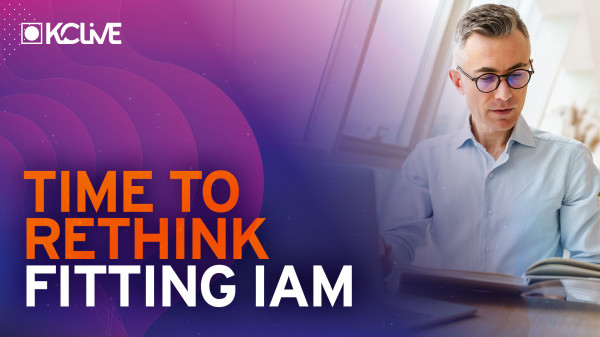
Event Recording
Martin Kuppinger: Your IAM Doesn’t Fit for Hybrid Multi-Clouds and Digital Transformation Needs? Time to Rethink
Mar 04, 2021
Leveraging what you have and extending it by new services and architectures to support today’s and tomorrow’s business demand on IAM.
IAM (Identity and Access Management) is no longer just an administrative tool or a solution supporting your regulatory compliance requirements. It is a business enabler, as well as an IT enabler. It is a central element of every cybersecurity strategy. It enables managing and access control for everyone from employees to consumers and everything from things to software robots. It is a foundation for your success in digital transformation. It...
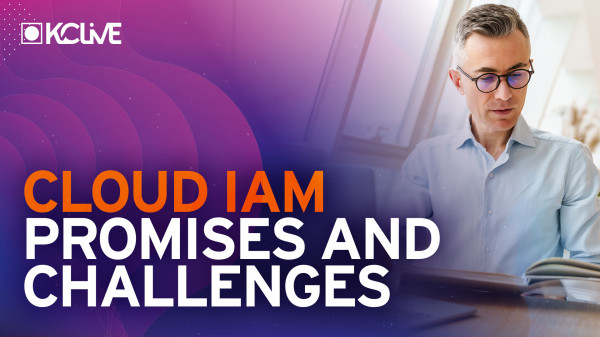
Event Recording
Manoj Kumar: Cloud-delivered IAM: Promises and Challenges
Mar 04, 2021
Cloud is here to fundamentally change the way Identity and Access Management services are delivered. It is an imperative but also an opportunity to re-visit and challenge a few tried and tested approaches to delivering core IAM capabilities. It also provides an important pause to design the IAM capability of the future. The speaker will share his experiences in deploying a native cloud-based IAM solution at scale, the challenges, pitfalls, and the watch-outs.

Event Recording
Simon Moffatt: The Road to CIAM Success: Why an Identity Fabric Powers Digital Transformation
Mar 04, 2021
Many organizations are undergoing new modes of operation, which is enabling them to develop a "digital instinct" for their customer's needs. A correctly designed consumer identity management platform allows those organizations to excel, in an agile, secure, and business-enabling way. What does success look like in the CIAM world and how do identity fabrics enable it?

Event Recording
Martin Kuppinger: Interview with Simon Moffatt
Mar 04, 2021
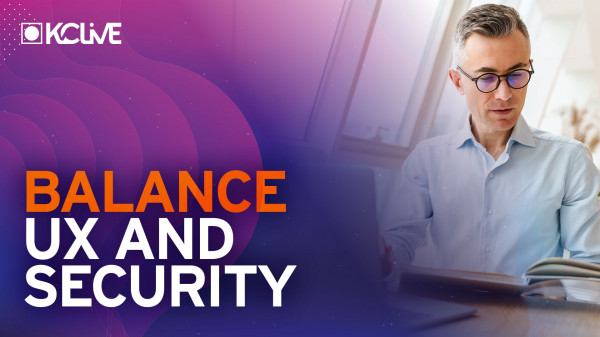
Event Recording
Tobias Urban: The Balance Between User Experience and Security
Mar 04, 2021
Logging in is such a common process, it’s easy to take for granted. However, that entry point to your application or service is also when organizations become responsible for the user’s digital identity. And with the increase in innovation, and use of technology to deliver products and services, there is an explosion in the number of sources from which users can gain access. Overlaying all of that is the constant evolution of the threat landscape and regulations that inevitably follow. Tech leaders who want to grow their position in the market must balance two goals:...
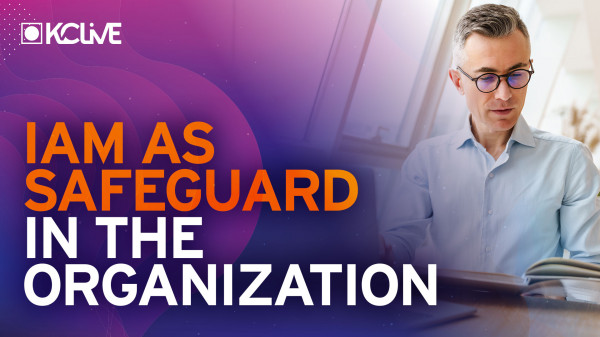
Event Recording
Vilma Blomberg: No Compromises, No Mercy – IAM’s Inevitable Role in Safeguarding The Organization
Mar 04, 2021
Organizations are in a constant race when it comes to cybersecurity. Identity and Access Management has a more relevant role than ever in this ruthless fight against cyber enemies that may cause fatal operational, monetary and reputational damage to organizations. IAM teams must offer a set of security solutions and processes to safeguard and protect the business, and nowadays the teams are expected to deploy those faster and more efficiently than ever. The presentation will go through how to implement an efficient, centralized IAM approach that makes no compromises and shows no mercy for...
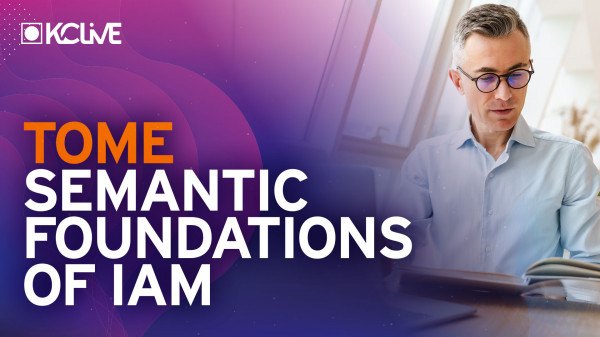
Event Recording
David Doret: TOME: Strengthening the Semantic Foundations of IAM
Mar 04, 2021
We all know that communication is the most critical success factor of any human undertakings, and IAM initiatives are no exception. However, whether you are:
a manager trying to explain its IAM strategic program to top management,
an architect trying to make IAM efficiently and securely serve the information system,
an engineer trying to explain IAM technological challenges to colleagues,
a vendor trying to increase the value of its IAM product for his customers,
a researcher trying to push forward our understanding of IAM,
…the one critical thing we are all...
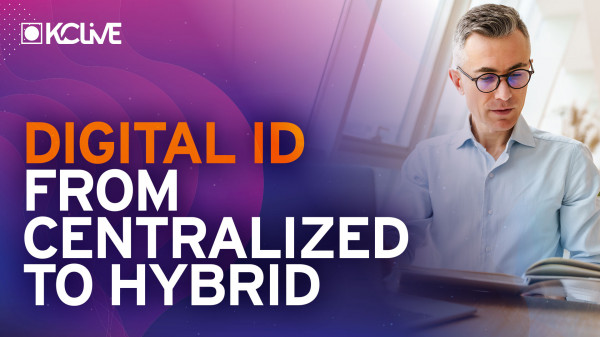
Event Recording
Sylvie Vandevelde: From a Centralized Digital ID Towards a Hybrid Model
Mar 04, 2021
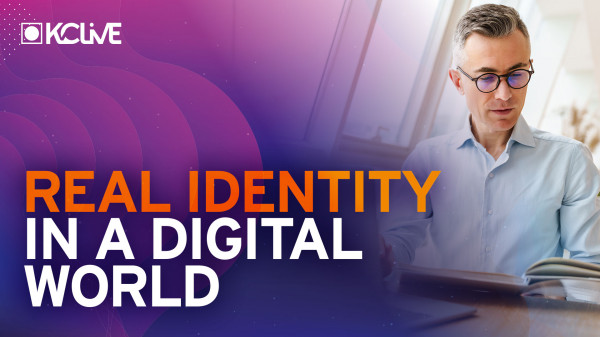
Event Recording
Oliver Krebs: Anchoring Real Identity in a Digital World
Mar 04, 2021
In a world where you never meet our customers or employees face to face, it’s critical to anchor their real identity to their digital one. It’s only by doing this that you can securely provision access, verify high-risk actions, and deliver on an experience that keeps them engaged. In this session, Olli Krebs (VP Central EMEA at Onfido) will examine how document and biometric verification can seamlessly enable trust throughout the identity lifecycle.
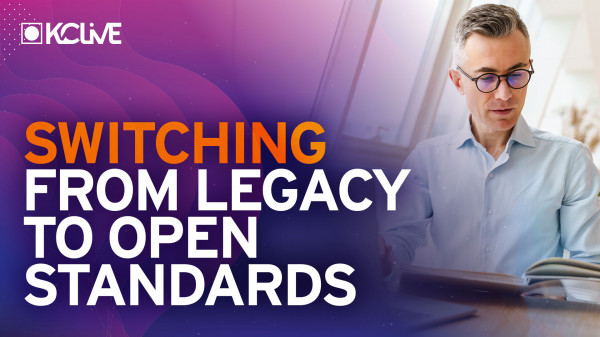
Event Recording
Petteri Ihalainen: Switching the Whole Country From Legacy to Open Standards
Mar 04, 2021
In the early years of this millennia Finland was already at the forefront in utilizing strong authentication for online services. Banks had been issuing two-factor authenticators to their customers already in the '90s. These means of strong authentication were quickly adopted by public and private sector services that required more than passwords. Mobile network operators began to offer PKI based SIM authentication. These two solutions and their somewhat legacy protocols conquered the strong authentication market and were the de-facto methods subscribing to or accessing services. Advances...
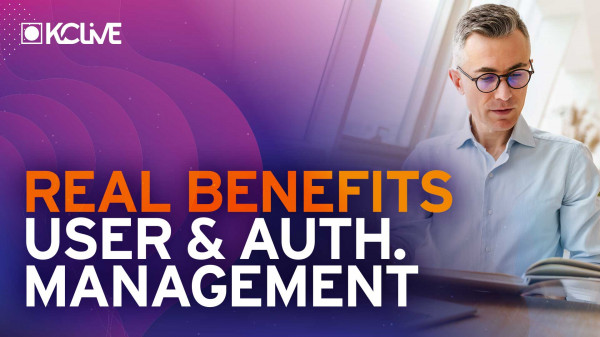
Event Recording
Matthias Reinwarth: User & Authorization Management. Real Benefits For The Business, Effective Projects, Efficient Operation And A High Level Of Acceptance
Mar 04, 2021

Event Recording
Panel: Tackling the Legacy IAM - Towards Future- Proof Identity Fabric
Mar 04, 2021
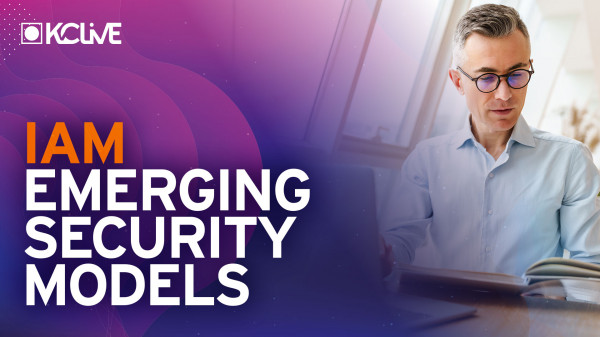
Event Recording
Christine Owen: Identity-Centric IAM For Enhanced Integration Into Emerging Security Models
Mar 04, 2021
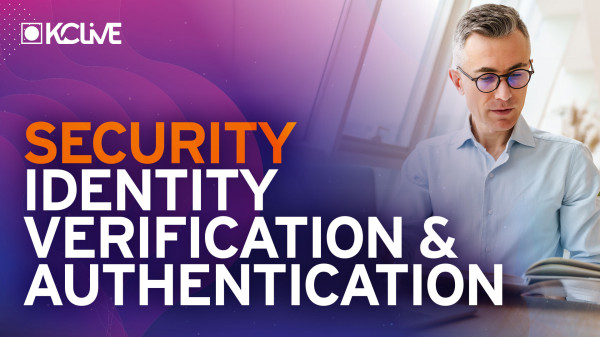
Event Recording
Vinay Dabas: Securing the Digital World - Identity Verification and Authentication
Mar 04, 2021
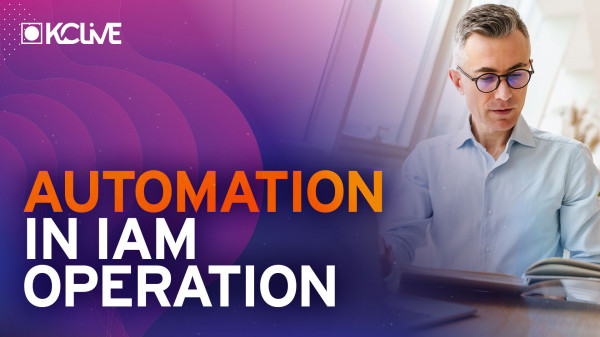
Event Recording
Akhilesh Rajendran: Automation in Identity and Access Management Operation
Mar 04, 2021
An organization’s Identity and access management have always been a busy scene, even if the economy is growing or shrinking. IAM operations- the lifecycle management and maintenance of Identities is a resource intensive and costly process. By leveraging the right automation technology, CISOs can bring down the risk involved in IAM operations; Robotic Process Automation (RPA) being one among them.
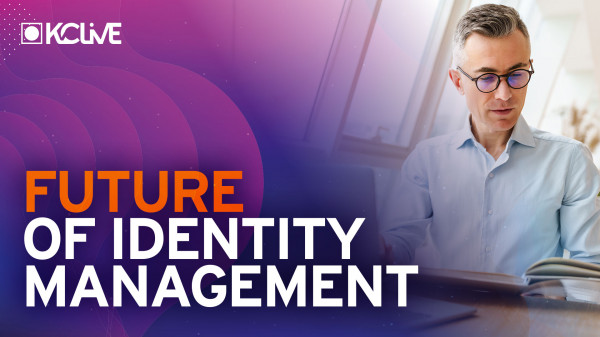
Event Recording
Rakesh Tripathi: Future of Identity Management
Mar 04, 2021















